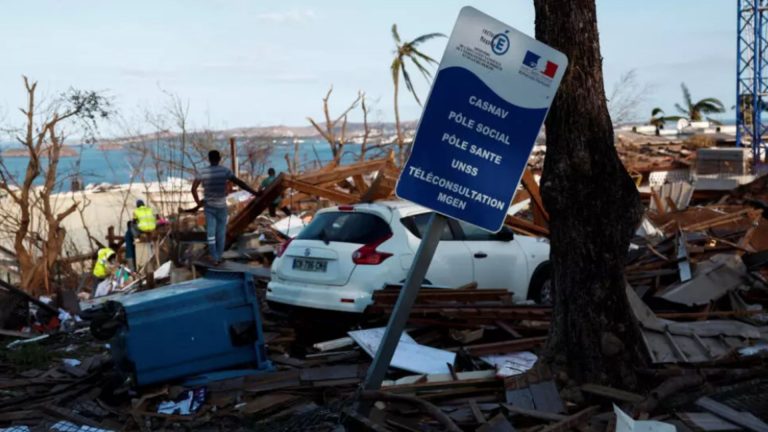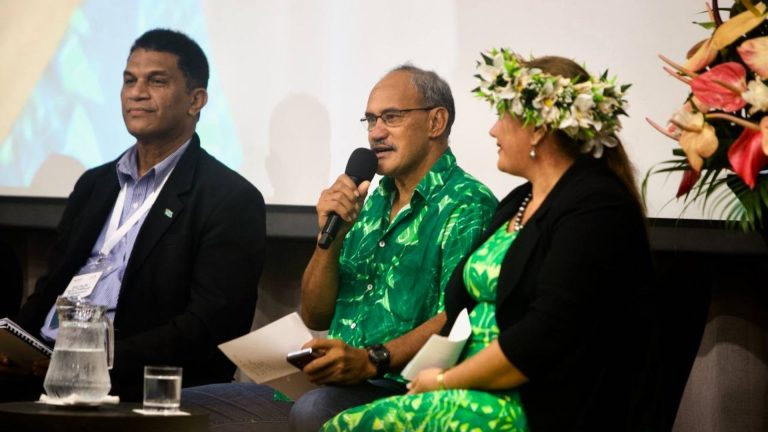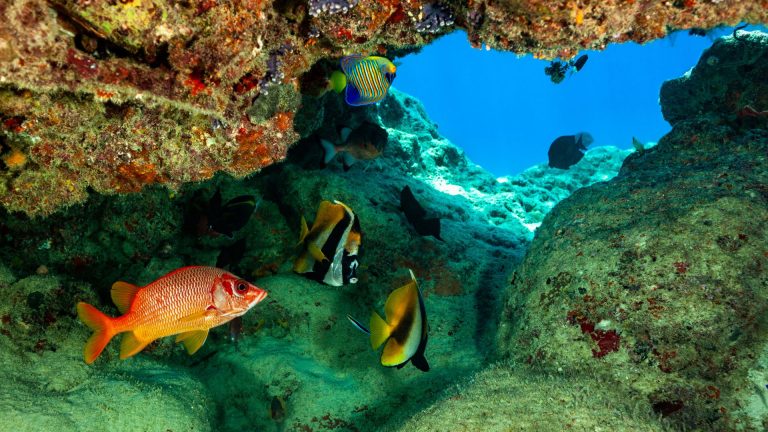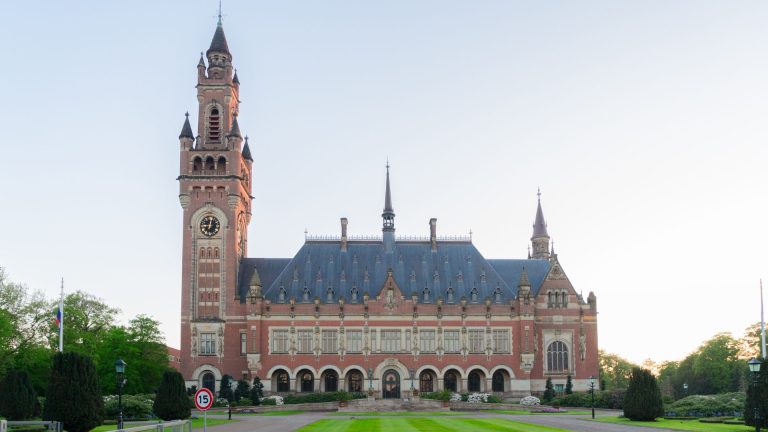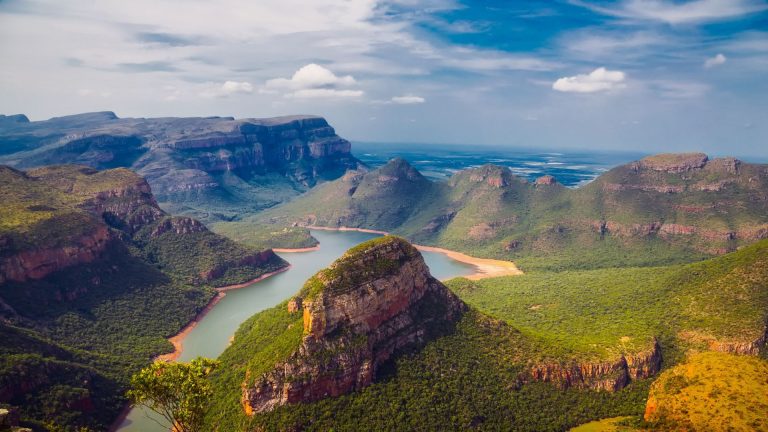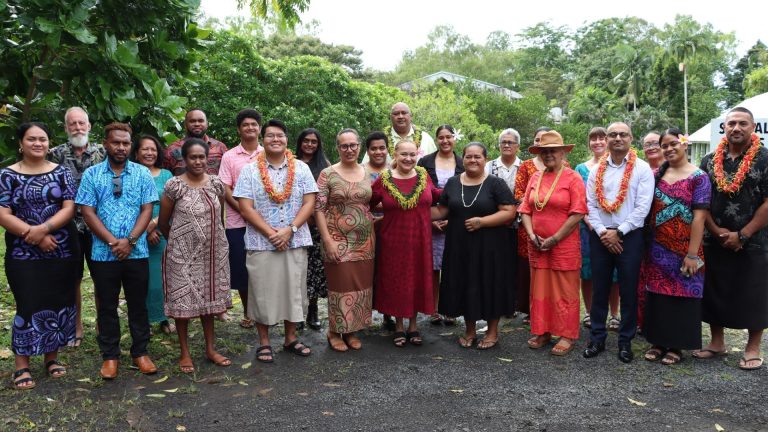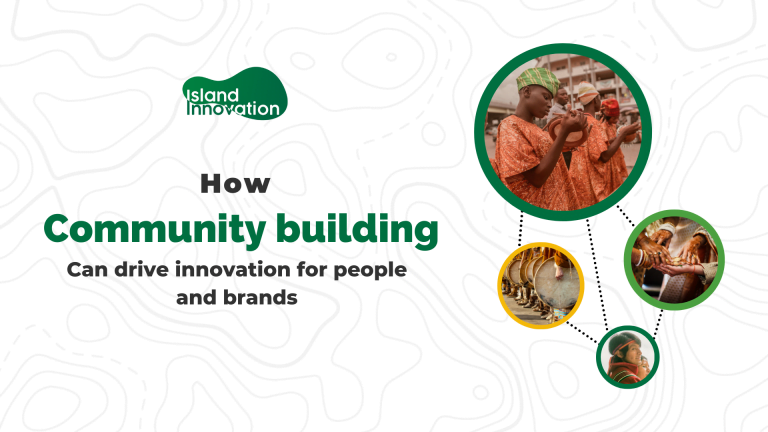Photo: CORE RESPONSE HAITI. Retrieved from forbes.com
Excerpt from forbes.com
Conservationists in Haiti are helping communities and restoring mangroves in order to help climate adaption and increase biodiversity.
According to a 2020 study, between 2000 and 2016, human activity was the primary driver of mangrove area loss, with urbanization being a key factor. In Haiti, the total mangrove area decreased from 16,462 hectares in 1996 to 14,759 hectares in 2016.
Guy Cezil, an engineer-agronomist and a member of a local organization called the Marbial’s Sons and Friends Association (AFAM in French) has been working at Community Organized Relief Effort (CORE) on an ecosystem-based adaptation project in the Nippes department in the south of Haiti.
Cezil says that there are two projects being implemented in the southern peninsula of Haiti to protect coastal and marine biodiversity by strengthening the resilience of ecosystems, particularly mangroves.


